B) ‘Scattered’ awareness (散 - San) consists of a mind that is not yet ‘unified’ into a spiritual-whole so that the physical body is also affected by this ‘disunity’. A scattered mind inevitably manifests as a scattered body in the physical realm, whereas a unified mind which is all embracive of the physical body (and environment) inevitably provides the foundation for a fully united Taijiquan form. The ‘awareness’ must be ‘united’ by focusing the mind and disciplining its functionality. Once the psychological processes are ‘united’ - then the physical body (and its actions) will be permeated by this ‘unified’ awareness.
C) ‘Discontinuous’ awareness (断 - Duan), between the upper and lower body, means that there is no connection between the mind, body and environment. In other words, no ‘rootedness’ as the practitioners ‘awareness’ capacity is both incomplete and discontinuous. The upper and lowe body cannot interact in a fluid and smooth fashion. Q energy flow is ‘broken’ at crucial points (effecting ‘jing’ [精] and ‘shen’ [神] circulation, generation and transformation). As the top half of the body is ‘disconnected’ from the bottom half of the body – there is no transference of ‘awareness’, ‘energy’ or ‘ability’ through the pelvic-girdle. Beginners must observe and understand flowing water, reeling silk and clouds floating across the sky and how nature achieves these feats of action with no apparent effort at all. Human-awareness must extend fully in the ten-directions and not stop short at nine-directions! The practitioner must master the connection between ‘awareness’ and ‘movement’ - when such an awareness is ‘lacking’, then there is a ‘discontinuous’ awareness, or ‘break’ between areas of psychological and physical control. This problem can be resolved through practicing ‘deep’ relaxation of mind and body, as well as focusing the mind to ‘lead’ and ‘guide’ (引 - Yin) the awareness evenly through the physical structures of the body, so that ‘awareness’ always precedes and initiates all movement so that there is never a ‘break’ between ‘intention’ and ‘actuality’.
D) ‘Learning to lead’ (引 - Yin), or direct a strengthened, concentrated and united mind so that its ‘intention’ continuously precedes all movement both ‘within’ and ‘without’ the physical body. In this regard, conscious awareness must automatically permeate the ten directions and everything within those ten directions – including the individual mind and body. This is a continuous pulsation that exists during sleep and awake times and which is fundamental and underlying in nature. Guiding the awareness, however, ss subtly different as it is a ‘refined’ awareness operating within this meta-awareness. Whereas the meta-awareness permeates the cellular structure of the mind and body – this ‘leading’ awareness penetrates the cellular wall and permeates into the subatomic structures. It has within it a compelling and attracting force which can also be ‘reversed’ into a repelling force (like releasing the built-up energy in a drawn-bow). At other times, it directs awareness and ‘pulls’ the physical body into the various directions of movement required. It is nothing short than the evolutionary mind-body nexus. ‘Thought’ within this context, although appearing ‘spiritual’ and ‘other-worldly’ is in fact a very subtle form of substrative material reality.
E) ‘Non-alignment’ (歪 - Wai), refers to a disjointed and misplaced Taijiquan ‘frame’ (positioning) and ‘sequencing’ (form) so that the entire manifestation departs from the ‘law’ of the style, the philosophy of the tradition and the instruction of the teacher. Another description is that of a ‘crooked’ mind and body which mislead the practitioner and the world of taking the wrong direction. The body leans when it should be straight, or is straight when it should be leaning! The body remains ‘unrooted’ when it should be firmly affixed to the ground. The mind has no unified presence and is unable to penetrate and guide the the physical structures of the body. As there is no penetrative insight, the movements are ridiculous and disconnected. There is no awe-inspiring presence and no real Taijiquan practice taking place!
F) ‘Non-rootedness’ (浮 - Fu) can also be translated as ‘floating’ and refers to the non-dropping of the ‘qi’ (and ‘bodyweight’) down into the dantian (丹田) situated two-inches below the naval and through the centre of the bones (stimulating the bone-marrow) in the case of the bodyweight proper. Pockets of psychological and physical tension can prevent the qi-energy flowing properly through the eight special channels (and the numerous other major and minor qi-energy flow channels), as well as the bodyweight ‘dropping’ effectively through the centre of the bones down into the floor through the soles of the feet, etc. Eventually, the dropping of the bodyweight results in a ‘rebounding’ force which bounces the qi-energy back up the body through the centre of the bone marrow – a gravity related processes which eventually integrates with the qi-energy flow through the qi-energy channels. If an underlying psychological awareness of the deep structures of the body is not present, then neither qi-energy flow nor bodyweight movement will be understood or even known to exist! Instead, the external body will be separated into essentially top-heavy and insular compartments of disjointed and non-rooted entities! All is disconnected from the ground and from the awareness of the mind. Drop the awareness into the ground to rescue the mind and body from this hellish existence!
https://www.sohu.com/a/114000920_467831
拳架为学练太极拳之母!练拳易犯的几点坏毛病,快来看看自己有没有?
2016-09-09 11:29
点击上方↑"功夫太极"快速免费订阅太极养生资讯
"拳架"为学练太极拳之母[摘编]
初学太极拳应从学习“拳架”开始。即是学练老师的拳架。一招一式,逐一模仿。这一过程,称之为“领架”。拳架虽为外形,但却有极为丰富的内容。它不但含有很多技击招式,还与内功练习紧密相连。拳架是太极拳的基础,也是练习太极功夫的向导。没有拳架就无法练习太极拳。架子正确与否关系到太极拳的功夫能否练成。
学练拳架,先求形象,须循规蹈矩,一丝不苟,逐一模仿。先学基本的身法、手法、步法,动作路线,各定式的样子及要领。架子应先求开展,后求紧凑。要求全身节节放松。如某一定式,先查是否“虚领顶劲,立身中正”,是否“含胸拔背,胸空腹实”,是否“松腰落胯,圆裆扣膝收臀”;再查步法是否正确;再检查肩肘腕是否放松,是否“沉肩坠肘、塌腕舒指”;最后再检查掌形、拳形,钩手等是否正确。在“形象”的基础上再求“神象”。不但要求形象,还要求神象。如不得太极拳之神形,则练一辈子也是茫然,不成大器。若想精其技,趋大成者,非得老师拳架之神形不可。然而,由于太极拳的特点,初学者往往难以适应,易出现一些毛病,最常见的主要有:僵、散、断、歪、浮等毛病。
1
僵
就是僵硬、松不下来。练习太极拳,松为第一要义。而没有经过太极拳练习的人,身上都有僵劲。年龄越大,身体越是强壮,僵劲越大。而太极拳的动作是圆的运动,要求柔和缠绵,节节贯串,全身协调,主宰于腰。这就给练习太极拳带来很大的困难。因此,一开始,就要强调放松,练习者要有意识地使自己的身体放松。用意不用力,意松体松,内外皆松。
2
散
即神散,形散。练习太极拳要求全神贯注,心无旁骛,如果练拳时心不在焉,杂念丛生,就无法做好动作。形散一般是指动作幅度过大,没有含蓄,或者动作不协调,散了架子。练习太极拳手臂和腿要自然弯曲,不可直手直脚,要注意处处保持太极球的形态。同时注意全身的协调性,所有的动作主宰于腰,以身领手,周身一家。
3
断
指意断,劲断。动作不连续,上下动作之间断开,缺乏圆滑的过渡。太极拳要求柔和缠绵,练拳时,上动未停,下动又起,如行云流水,抽丝挂线,一气呵成,动作做到九分,意要贯到十分。而初学者往往不能很好掌握动作与动作之间的衔接问题,因此,就出现了“断”的问题。要克服这个毛病,一要注意放松,二要加强“引”的练习。即掌握“引”的规律,一般来说,引的规律是欲上先下,欲左先右,欲前先后。就是向相反的方向运动。
4
引
“引”在太极拳中有非常重要的作用,它是太极拳的精华和绝妙之处。它不但起着承上启下的作用,还关系到太极拳阴阳转换,虚实开合的变化。没有引,太极拳的动作就无法圆滑过渡;没有引,就无法实现折叠转换;没有引,劲就无法绵绵不绝。
然而,在现实生活中,许多太极拳练习者,往往忽视“引”的练习和应用。他们往往注意动作的外形是否到位,样子好不好看,而忽视了太极拳的精华。练好引的关键是用内动带动外动,心静体松,精神内固,丹田旋转,引领全身,以根节催动梢节,动作似停非停,将展未展之际,心意一动,“引”则油然而生。上动未停,下动又起,流连缱绻,无始无终。应该特别指出,引是自然而然的,是松沉的表现,不是故意做出来的。不可为了做引的动作,故意把拳打得一顿一顿的。引从外形上看,以不露痕迹为上品。
引在推手中有着极其重要的作用。两人接手后,轻轻一引,即可化解来力。能引,则能做到劲由内换。由于引的圈子很小,则可做到在不动身形的情况下化发自如,即引即发,原地风光。
因此,打太极拳需注意引的练习。只有把引练好了,才能打出太极味,才能使整套拳如抽丝挂线,绵绵不断;似长江大河,滔滔不绝。引是太极拳的细微之处,乃太极拳绣花之法,须默识揣摩,细心体悟,才能真正学到。
5
歪
指身法不正。前俯后仰,左右歪斜。练习太极拳身法以端正为本。身法端正,无所偏倚,虚灵内含,浩然之气,运于全身。初学者往往由于动作僵硬,易使身体不正。身法中正是练好太极拳的基础,千万马虎不得。
6
浮
即漂浮。太极拳要求含胸拔背,胸空腹实,气沉丹田,落地生根。而初学者往往架子忽高忽低,挺胸突臀,动作漂浮,气向上涌,头重脚轻。浮乃练习太极拳之大忌,须注意克服。
要克服上述毛病,关键要抓住“松、静、沉”三个字。无论练习何种太极拳,都要在这三个字上下功夫。因此,“松、静、沉”为练习太极拳的三字经,要把它刻在脑海中,落实在行动上。在学习老师拳架的过程中,要细心模仿,悉心领悟动作要领,发现问题及时纠正。太极拳架中包含有极丰富的内容,要掌握这些内容,需要长期反复练习才能做到。
因此说,拳架为母。练习太极拳一定要在拳架上下功夫。每天反复盘拳架,如有可能,尽量多练。同时,要不断领悟内在的东西,练悟结合,“拳打千遍,其理自现”。练习拳架有一个“从外引内,以内带外”的过程。开始时,只能外形划大圈,而后逐步产生内动,每个动作先有内动,再有外动,环环相扣,无始无终,动作沉稳,柔棉,一动无有不动,一静无有不静,内外合一,周身一家。只有这样,才能逐步提高自己的太极拳水平。
孔子曰:“人而无信,不知其可也”
意思就是说:一个练武之人要是连《功夫太极》微信都没关注,简直都不知道他是怎么练拳的..
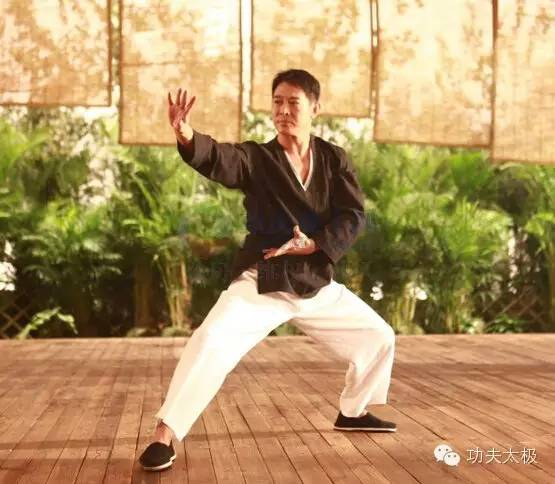
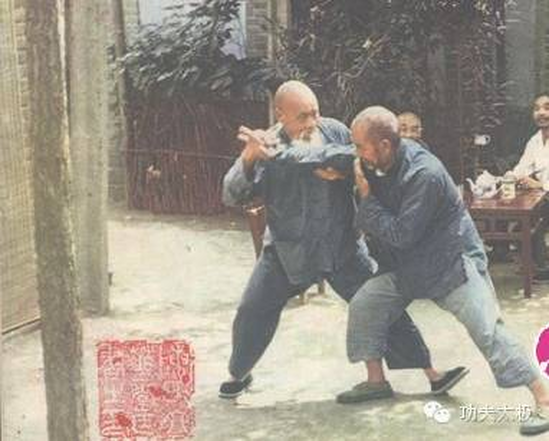
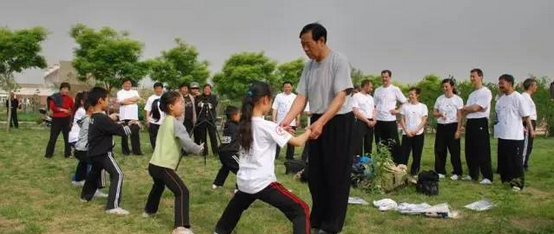
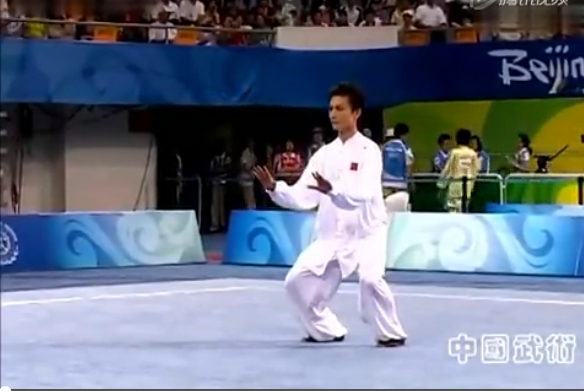
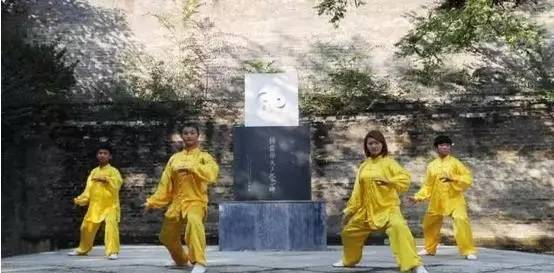
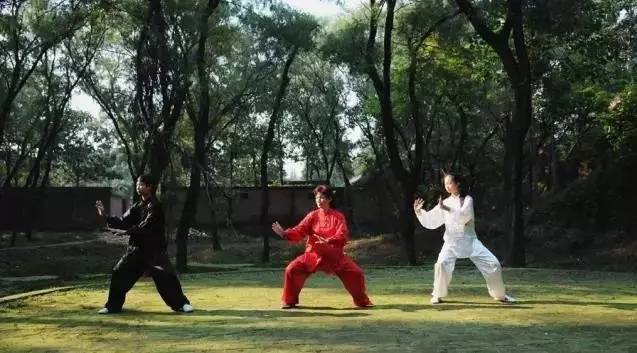
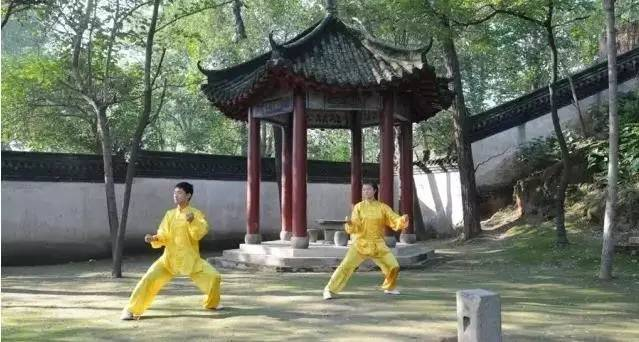
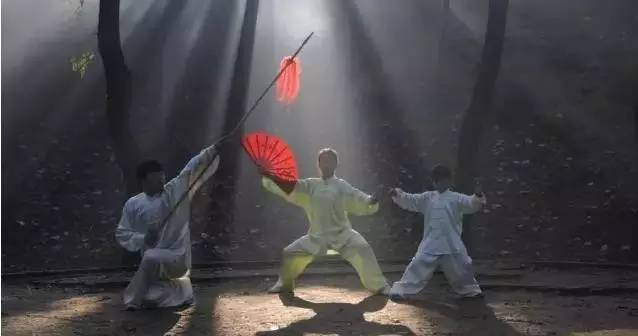
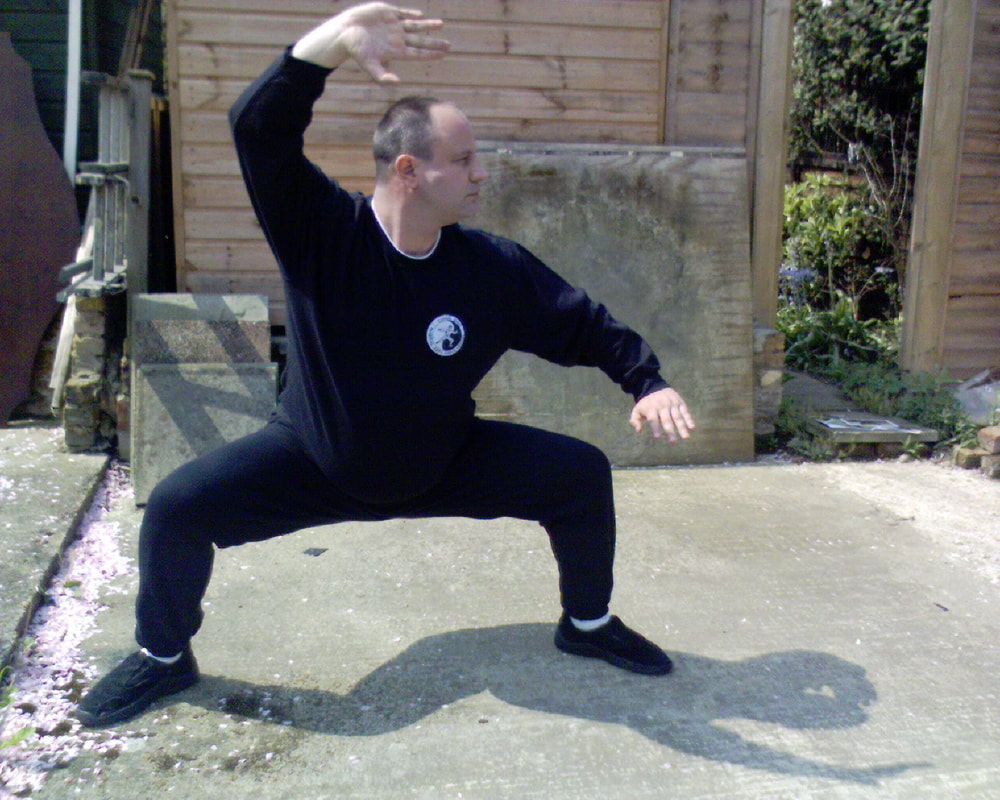
 RSS Feed
RSS Feed